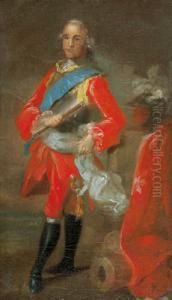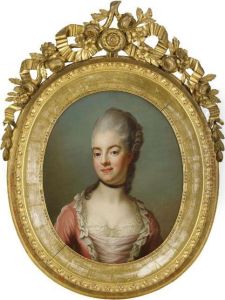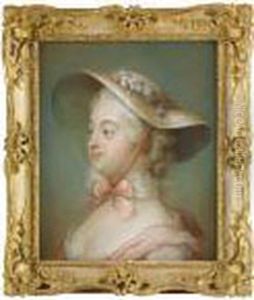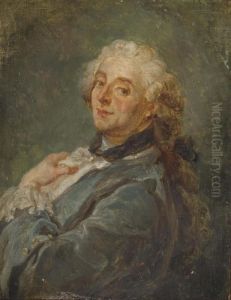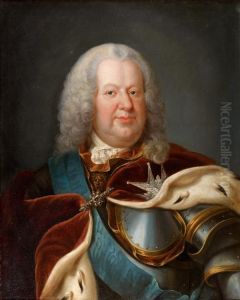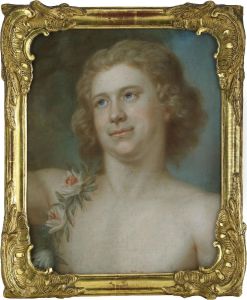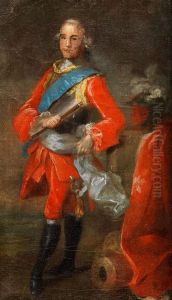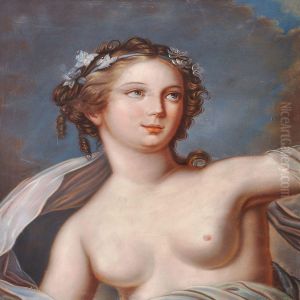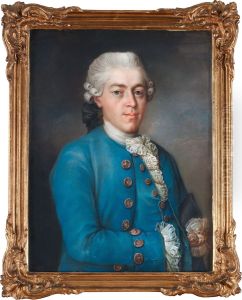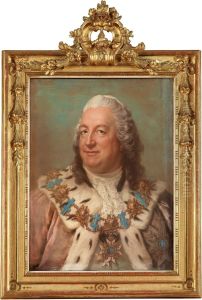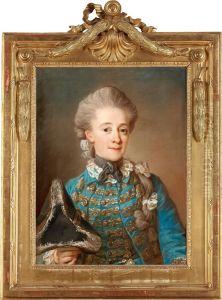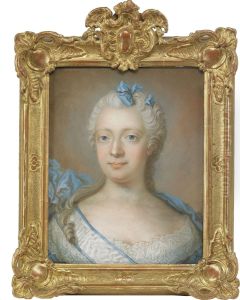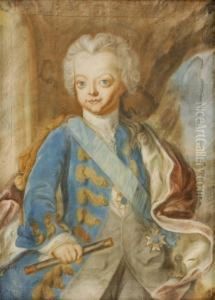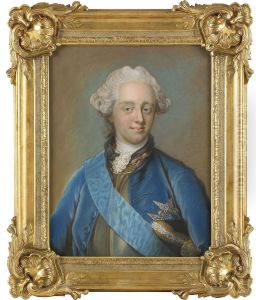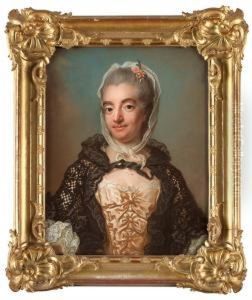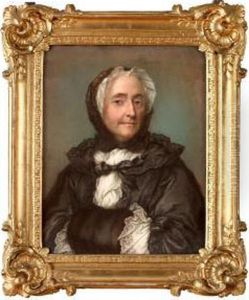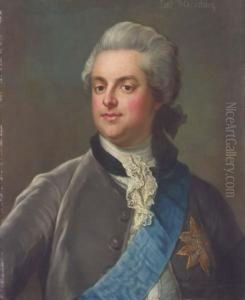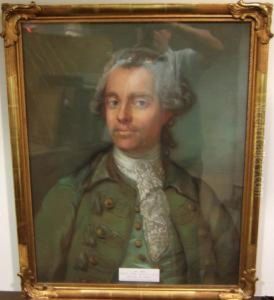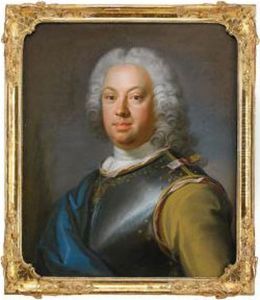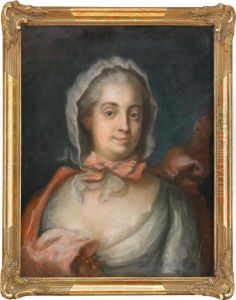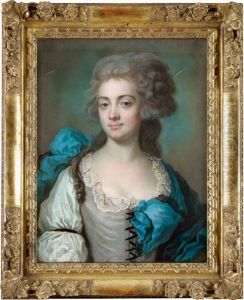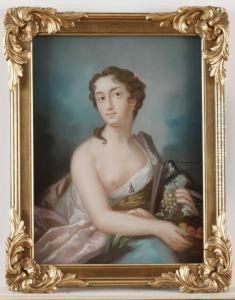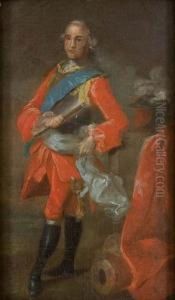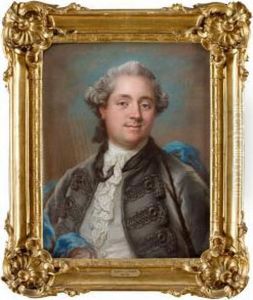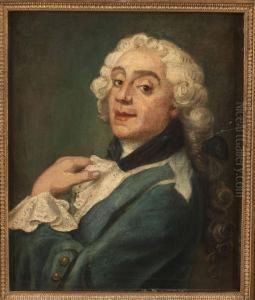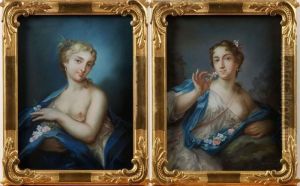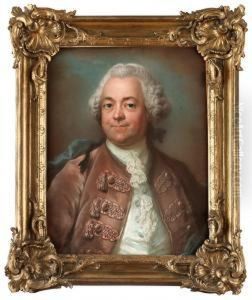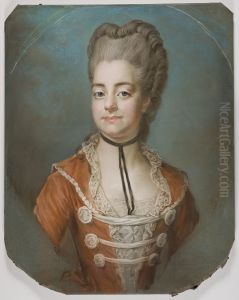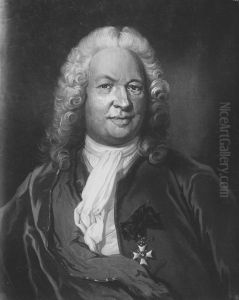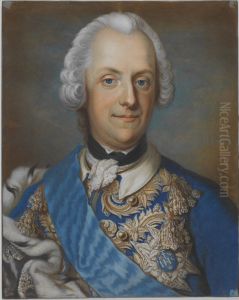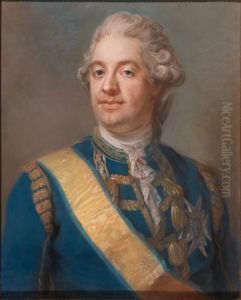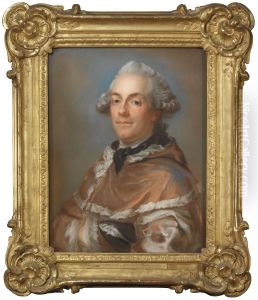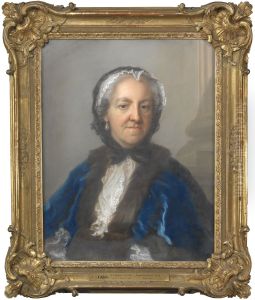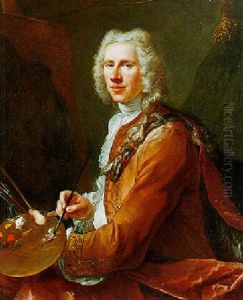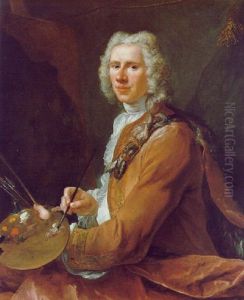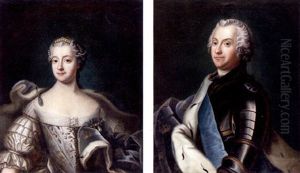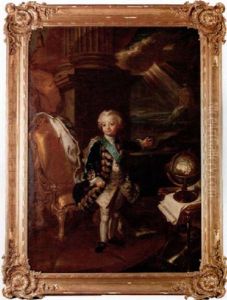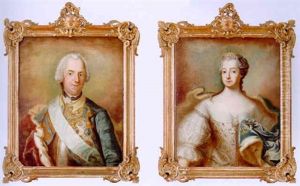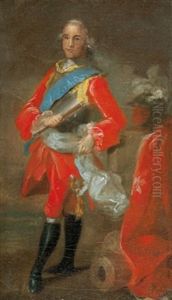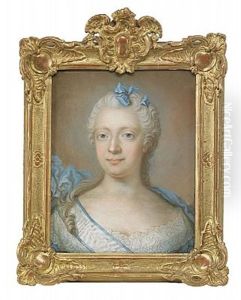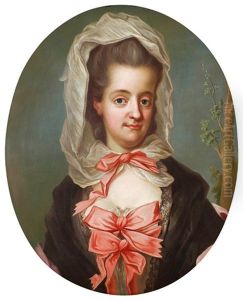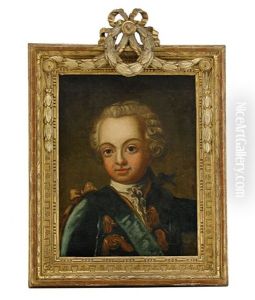Gustaf Lundberg Paintings
Gustaf Lundberg was a Swedish rococo pastelist and portrait painter, born on August 17, 1695, in Stockholm. He is known for his masterful pastel portraits which captured the elegance and sophistication of the European aristocracy, particularly in France and Sweden during the 18th century.
Lundberg moved to Paris in his early twenties, where he studied under the prominent Hyacinthe Rigaud, a French baroque painter known for his portraits of Louis XIV and other members of the French nobility. Lundberg's talent quickly earned him a reputation in the French art scene. He became a member of the Académie Royale de Peinture et de Sculpture in 1731, and was appointed as court portraitist to King Louis XV.
His portraits were highly sought after for their deft use of pastel to create texture and depth, which was relatively new at the time. Lundberg's success in France led him to become a member of the Académie de Saint-Luc, a prestigious association of painters and sculptors.
In 1741, Lundberg returned to Sweden, where he introduced French rococo aesthetics to Swedish portraiture. He became a court painter to the Swedish monarchy and was commissioned to create portraits of numerous Swedish and foreign dignitaries. Lundberg's influence extended beyond portraiture; he played a significant role in establishing the Gustavian style, which was characterized by a lighter, more elegant interpretation of the rococo, adapted to Swedish tastes.
Gustaf Lundberg passed away on March 18, 1786, in Stockholm. His legacy lives on through his numerous pastel portraits that continue to be admired for their lifelike representation and delicate nuances. Lundberg remains a significant figure in the history of European art, recognized for his contribution to the development of portrait painting and for bridging French and Swedish artistic traditions.
